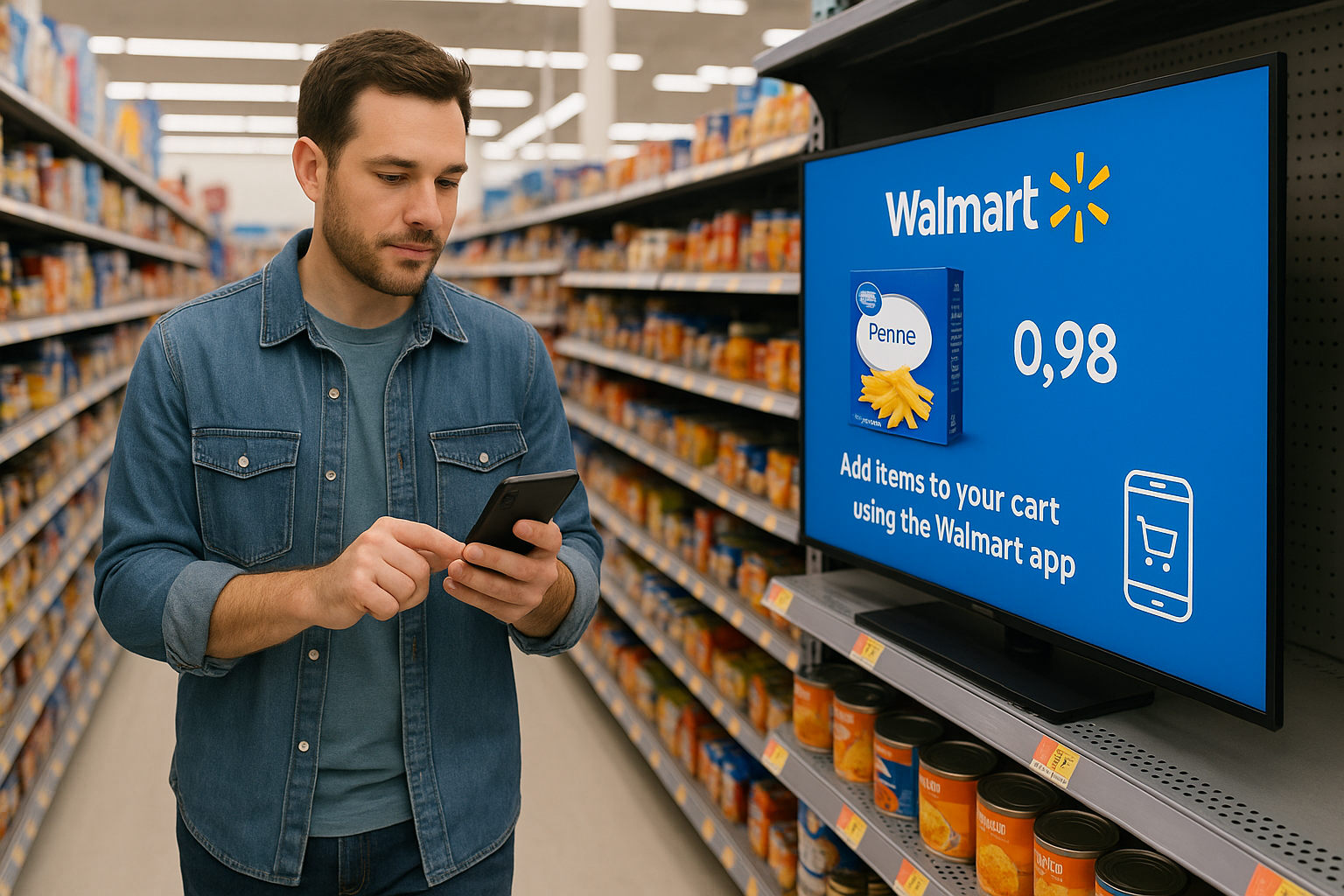Profit or Popularity, Grocers Discounting Dilemmas in 2024

Discounting Outlook 2024
- 88% of grocers employ price optimization strategies.
- 77% of retailers focus on loyalty-driven strategies.
- 73% of shoppers opt for private label brands signifying value-based purchasing.
- Balancing targeted discounting strategies alongside cultivating robust relationships with suppliers is key to driving sales.
Grocery retail is increasingly complex, as stores navigate the tightrope between attracting customers with competitive prices and maintaining healthy profit margins in an inflationary environment. Discounts, while a cornerstone of consumer acquisition strategies, present both opportunities and challenges for grocers. Drawing on insights from industry Grocery Doppio, this article delves into the nuanced world of discount strategies in the grocery sector, exploring how they can both propel and challenge retail operations.
The Benefits of Discount Strategies
Driving Customer Traffic and Sales Volume
Discounts are a powerful tool for increasing foot traffic in stores. By offering lower prices, grocers can attract a larger number of customers, potentially boosting overall sales volume. When executed strategically, such as through price optimization, 88% grocers reportedly employ, retailers can set competitive prices that allure customers without significantly denting profit margins.
Enhancing Customer Loyalty
77% of retailers focusing on loyalty-driven strategies, offering special discounts to members is a proven method to encourage repeat business. Loyalty programs, where customers earn points for purchases that can be redeemed for discounts, further incentivize shoppers to return, fostering a sense of value and belonging among consumers.
Adapting to Consumer Preferences
The shift towards private brands, as seen in 73% of shoppers opting for these alternatives since the start of 2023, signifies a move towards value-based purchasing. Grocers can capitalize on this trend by offering discounts on private brands, which not only meets consumer demand for lower-priced goods but also enhances profit margins, as private labels typically offer a higher return on investment than national brands.
The Challenges of Discount Strategies
Risk of Eroding Profit Margins
Despite the best efforts of price optimization, the core challenge of discounting remains the potential erosion of profit margins. Discounts, if not carefully calculated, can lead to a significant reduction in the profit made per sale, which might not always be offset by an increase in sales volume.
Customer Expectation for Continuous Discounts
An over-reliance on discounts can cultivate an expectation among customers for constant price reductions, making it difficult for grocers to sell products at full price. This dependency can undermine the perceived value of goods and potentially harm the retailer's brand image in the long run.
Complexity in Managing Promotions
Implementing and managing discount strategies, especially personalized discounts through loyalty programs, adds a layer of operational complexity. Grocers must invest in technology and systems to track customer purchases, manage loyalty points, and tailor discounts to individual shopping habits, which can be resource-intensive.
Balancing the Scale
To harness the benefits of discounts while mitigating the challenges, grocers must adopt strategic approaches, such as targeted discounting, where deals are offered on select products to drive sales without significantly impacting overall profitability. Additionally, building strong relationships with suppliers can facilitate better negotiations, ensuring that discounts benefit all parties involved.
Conclusion
In the balancing act of leveraging discounts to attract customers while preserving profit margins, grocers are finding innovative ways to navigate the challenges presented by an inflationary market. Strategies like price optimization, loyalty programs, and the promotion of private brands play pivotal roles in aligning with consumer demand for value while ensuring the sustainability of the business. As the grocery industry continues to evolve, so too will the strategies employed by retailers to meet the changing needs and preferences of their customers, ensuring that discounts remain a valuable tool in their arsenal rather than a double-edged sword.


.png)



.png)
.png)



.png)

